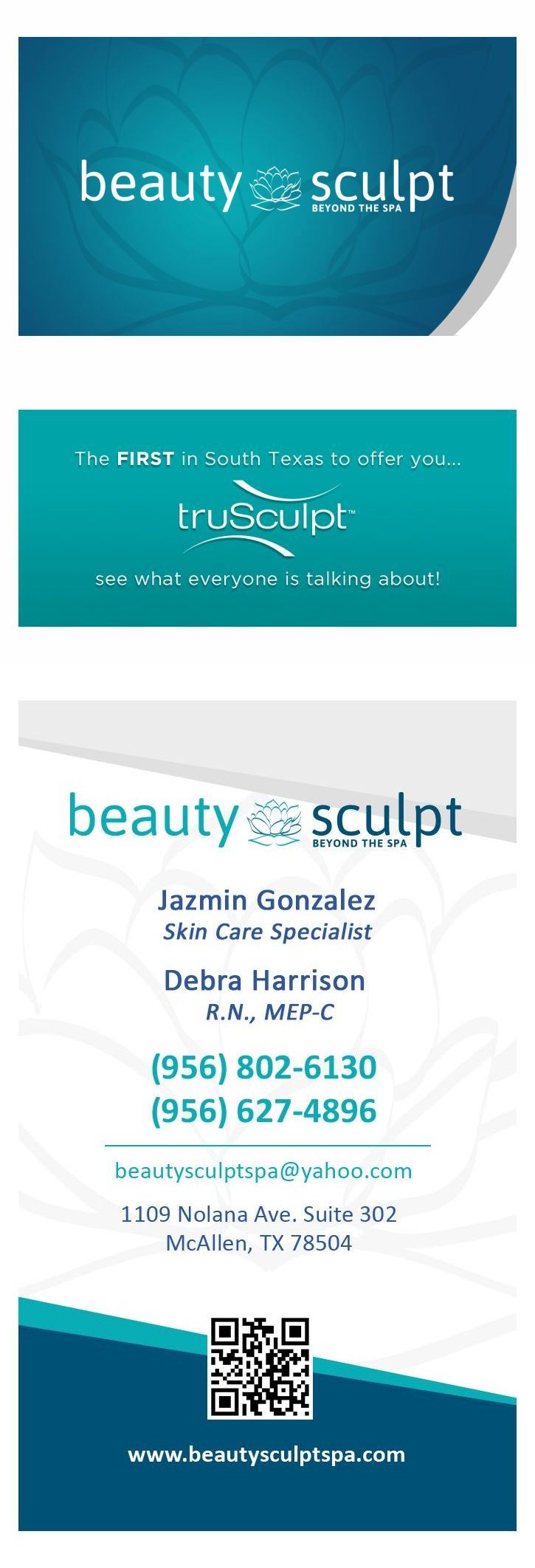Liposuction
Liposuction, known as lipoplasty or lipo, helps to get rid of localized deposits of fat that exercise and dieting fail to remove. Lipo commonly removes fat from cheeks and chins, inner knees, thighs and hips, buttocks, calves and ankles and other areas. You doctor or dermatologist can use lipo sculpting with other cosmetic procedures including tummy tucks, facelifts and breast reductions. The best candidates for the procedure are people who are healthy, slightly overweight and physically fit. Age doesn’t really rate as a major consideration except that older people have less elasticity in the skin and might not get results as attractive as younger candidates.
Liposuction McAllen The Liposuction McAllen starts when you schedule a professional consultation to discuss the procedure with a cosmetic surgeon or dermatologist. Options for surgery include local anesthesia and general anesthesia depending on how much fat you and your doctor decide to remove. Under general sedation, you will be asleep, but most procedures take place as office surgery with local anesthetics. Surgeons make minimally invasive cuts and remove fat by inserting suction devices and using a pump or syringe.
Your doctor will discuss your cosmetic goals, allergies and medications you take before proposing a treatment plan. Even herbal remedies can affect surgical procedures, so tell your doctor about any supplements you are taking. Your doctor might suggest dietary guidelines to follow or restrict alcohol consumption.
Types of Liposuction Basic procedures for lipoplasty include tumescent liposuction, laser-assisted surgery and other techniques:
Tumescent lipo is the most common type, and doctors use wetting solutions to dilute fat and make it easier to suction. Laser liposuction uses lasers to melt unwanted fat so that it is easier to remove. The technique works particularly well for hard-to-target areas. Power-assisted liposuction techniques use an electric motor or compressed air to manipulate a spinning or rotating cannula to remove fat. Ultrasound can rupture fat cells and make them easier to remove, and the thermal energy can tighten sagging skin. However, ultrasound can cause seromas or collections of yellowish plasma in the cavities. Some surgeons perform a tummy tuck after lipo to remove excess skin and fat from the abdominal area.
Liposuction Video A candidate for lipoplasty can view a liposuction video to get a better idea of what the procedure is like. Laser liposuction is so noninvasive that patients can talk comfortably while doctors perform the surgeries. You can view most forms of lipo surgery through videos including lipo for men
During the consultation, the candidate may be shown liposuction before and after photos. These liposuction before and after photos will help the candidate visualize their optimum result as well as provide the opportunity for the candidate to see that doctor’s best liposuction results.
Liposuction Recovery Tumescent procedures with micro-cannulas to suction off fat deliver impressive results, and most patients can resume normal activities within two days. If surgeons use stitches to close incisions, patients need to return in a week to remove the sutures. If you have your work done under a local anesthetic, you can usually leave the office in 30 minutes. Administering general anesthesia requires a long observation period of between one and three hours. Results might not be readily visible due to postoperative swelling, but 90 percent of the swelling disappears within four weeks.
Liposuction Alternative Some patients prefer even less invasive procedures than traditional lipo. Liposuction alternatives include laser-assisted procedures that shrink fat cells so that the body can remove them naturally. This technique requires no incisions, and your doctor will schedule sessions over several weeks. You may lose fat gradually in a way that most resembles natural weight loss. Patients must stay active and eat sensibly to ensure that fat cells convert to energy, but this alternative technique may be effective for people who want to lose stubborn pockets of fat. Different names for the procedure include ProLipo, CoolLipo, SmartLipo and iLipo.
Liposuction Side Effects Any surgery carries risks, but lipo surgeries are the most common cosmetic procedures in the United States. Surgeons have become increasingly skilled, and technology has advanced to the degree that risks are relatively minor. Side effects include swelling, bruising and pain at the surgical site. Bandages, support hose and form-fitting garments can help to minimize these side effects. Another common side effect, a seroma, occurs when plasma or lymph fluid accumulates in the cavity after fat removal. The fluid usually gets reabsorbed over several weeks, or doctors can drain the area with a syringe. Lipo complications occur in rare cases, so be sure to discuss your medical history with your dermatologist or surgeon in detail. Possible liposuction side effects include:
Postoperative infections sometimes occur, and some physicians will prescribe a preventative antibiotic before surgery. Loosened fat cells could enter ruptured blood vessels and cause an embolism. The skill of your surgeon is essential for avoiding this serious complication. Organs can be pierced by cannulas, which would require surgery to repair. Nerve compression can cause a feeling of numbness or increased sensitivity in the surgical area. Anesthesia-related problems can always occur when undergoing surgery.
Best Candidates for Liposuction Procedures People with diabetes, heart disease, infections or poor health shouldn’t get lipo, but most candidates over the age of 18 who are healthy and active qualify. Pregnant women or people who plan to lose weight shouldn’t have the procedure, and it should never be used just to lose weight. However, overweight people with stable weights over can get the surgery when their weight is unevenly distributed. Those who have uneven fat distribution due to taking HIV medications, a condition known as lipodystrophy, may be good candidates for lipo fat removal. Realistic expectations are crucial to being satisfied with any lipoplasty procedure. The surgery won’t transform you into a model or remove 25 pounds of fat, but it may create a better shape by targeting stubborn fatty deposits.

